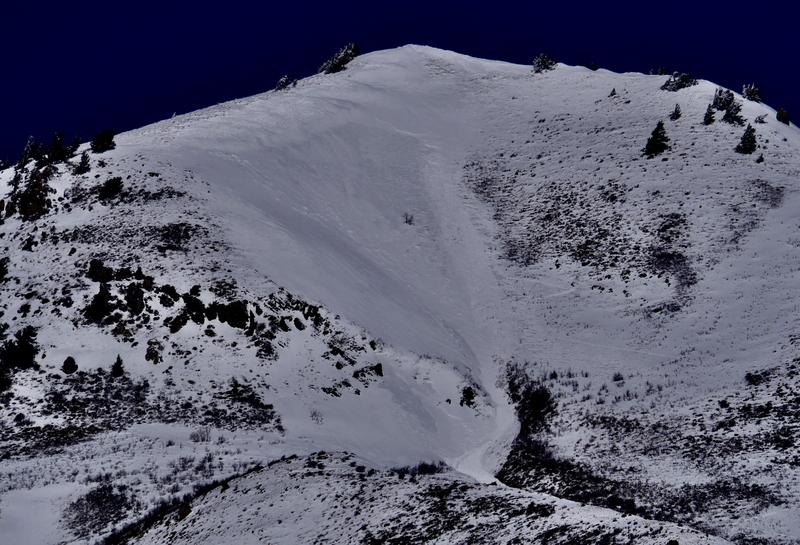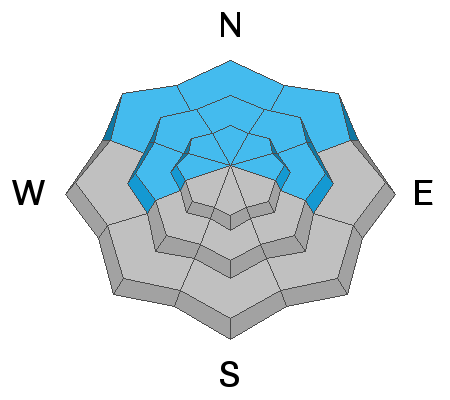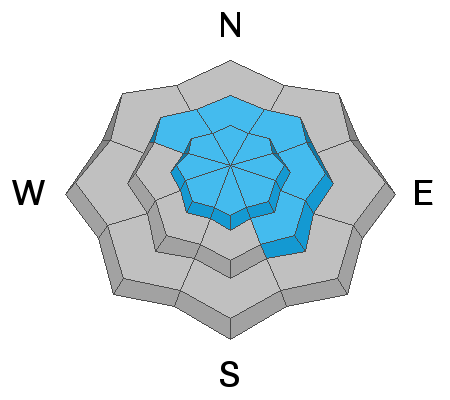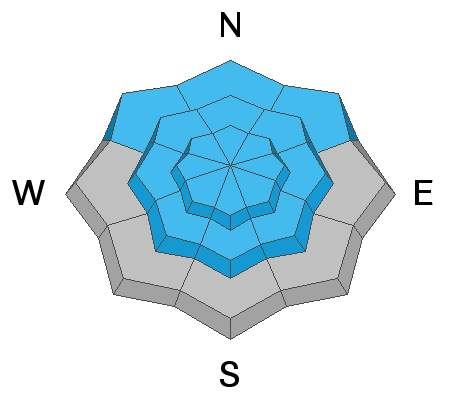Forecast for the Logan Area Mountains

Issued by Toby Weed on
Monday morning, March 14, 2022
Monday morning, March 14, 2022
Dangerous avalanche conditions and CONSIDERABLE danger exist at upper and mid elevations on slopes facing northwest through east. People are likely trigger dangerous 1 to 2 foot deep slab avalanches failing on a buried persistent weak layer of faceted snow. Human triggered wind slab avalanches and loose avalanches of storm snow are possible on slopes steeper than 30° at all elevations. High angled sun and midday warmth will cause potential for loose wet avalanches of saturated surface snow in steep sunny terrain.
- Continue to avoid and stay out from under drifted slopes steeper than 30°, especially those facing the north half of the compass.
- Careful snowpack evaluation, cautious route-finding, and conservative decision making are essential.

Low
Moderate
Considerable
High
Extreme
Learn how to read the forecast here











